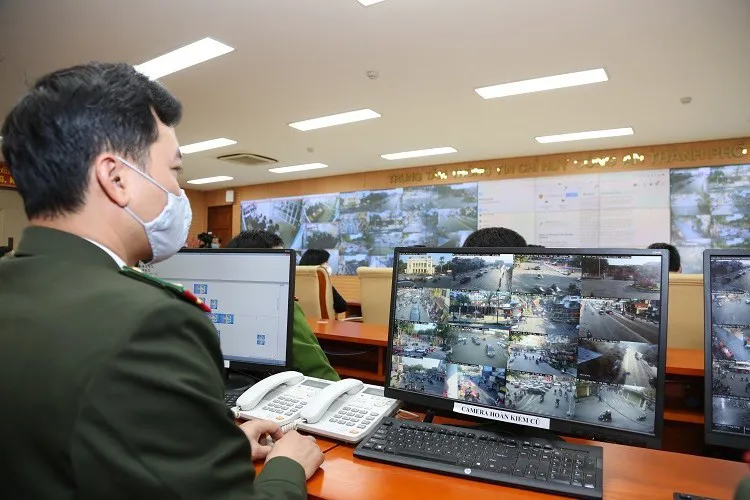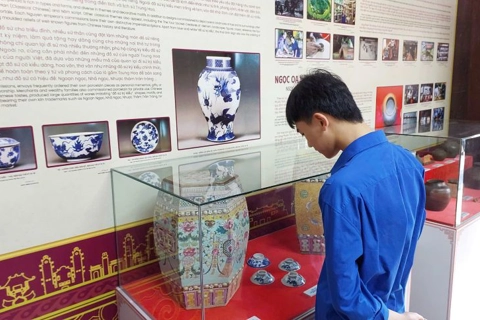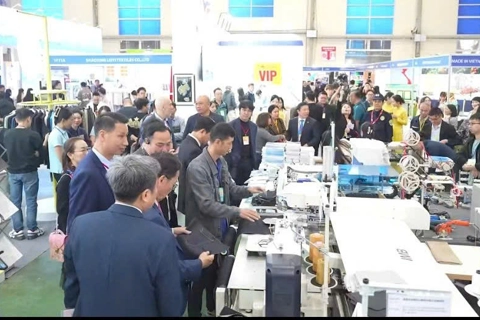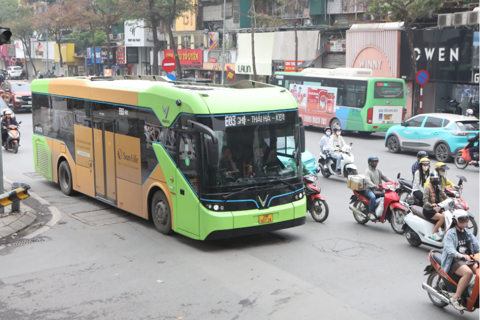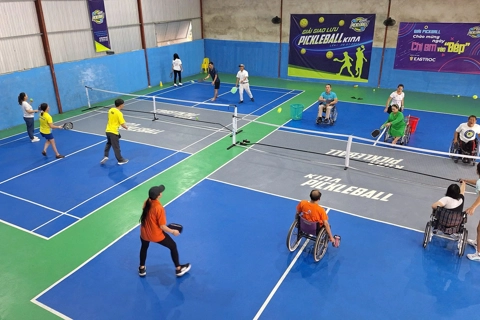Hanoi tackles traffic violations with 600 cameras
The move aims to ensure traffic order and safety, and help build trust in policing.
The Hanoi Traffic Police Department announced on February 13 that it will use about 600 surveillance camera clusters to monitor and handle traffic violations.
| Images fed to the traffic police command center to monitor traffic activities in Hanoi. Photo: kinhtedothi.vn |
The system will detect and record violations such as running red lights, entering restricted areas and one-way streets in the wrong direction, and illegal parking, the department said.
Offenders will be punished either immediately or later through mailed notices, it added.
The cameras will help improve traffic safety, modernize law enforcement and increase the efficiency of handling traffic violations through technology, police said.
More than 600 traffic surveillance camera clusters throughout Hanoi will operate around the clock to record violations on major roads. The data will be sent directly to the traffic police command center.
Surveillance officers will monitor, analyze footage and record vehicle details, including license plates and violations, and send the information to traffic police officers on duty.
Police teams then pull over cars to inspect and address infractions after learning the details. Officers' electronic devices can display recorded footage to offenders, who can view the video later at the police station if it is not available at the scene.
For vehicles that cannot be stopped immediately, the authorities will verify the violation and send notices to the drivers later.
The surveillance system also helps detect and respond to traffic accidents, manage congestion, ensure safety, and prevent crime, according to the Hanoi Traffic Police Department.
The agency said the system ensures fairness and transparency in law enforcement, helping to build trust among residents.
It also encourages people to follow traffic rules, creating a safer and more civilized traffic environment in the capital, it said.
In 2025-2030, Hanoi plans to install over 40,000 cameras for traffic management, environmental monitoring, and urban security.
Of these, 12,000 cameras will have zoom and pan/tilt control, while 28,000 will have fixed angles.
Of the total, approximately 23,700 cameras will be used for security and enforcement, 16,250 for traffic and urban management, and 230 for national defense.
Funding for the system comes from the city budget, social contributions, private funding, and other legal sources. The goal is to create a centralized monitoring system, build a shared database, and improve management across multiple sectors while ensuring public security.
Hanoi now has some 19,400 operational cameras. Some districts have high camera coverage, such as Thanh Tri (3,644 cameras), Nam Tu Liem (1,878), Cau Giay (1,688), and Ha Dong (882).
According to local authorities, the current number of cameras is insufficient to cover the entire city. Investment in and operation of the system remains scattered and uncoordinated.
In addition, the sharing of surveillance footage by individuals, government agencies, and businesses is challenging due to a lack of uniform regulations.

